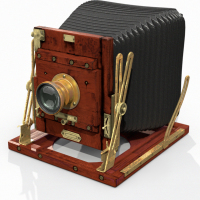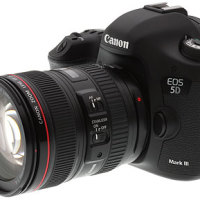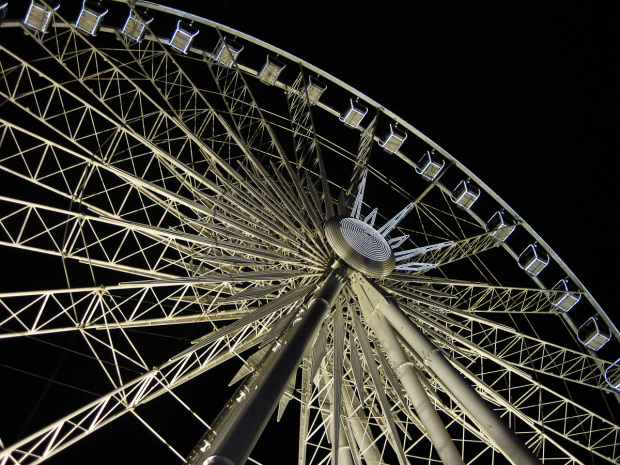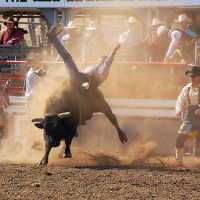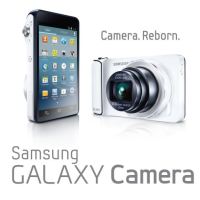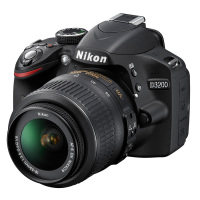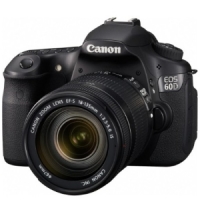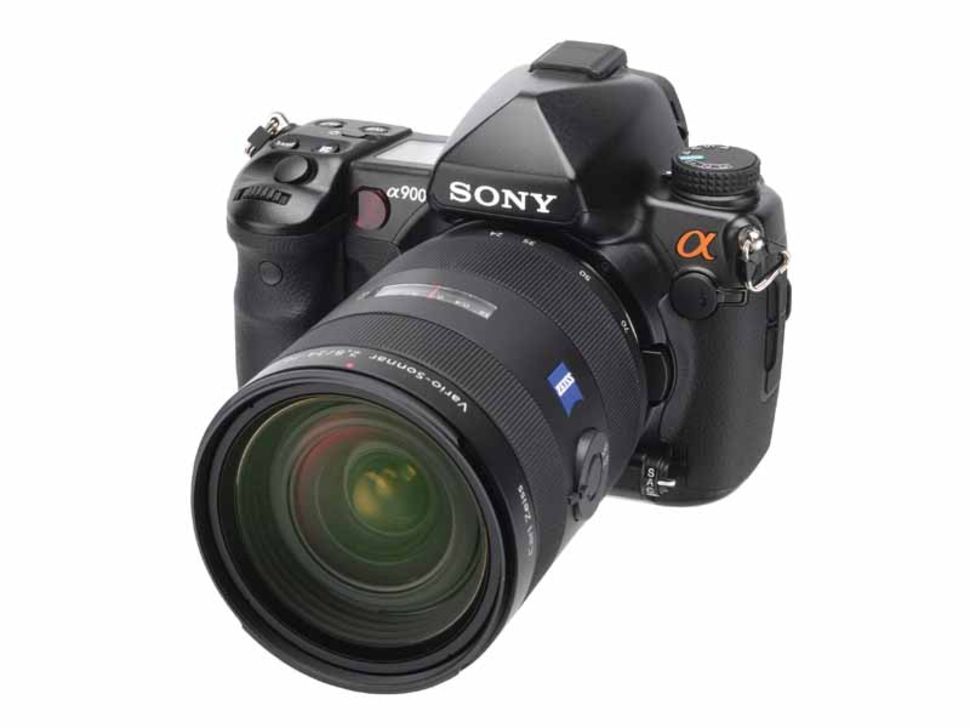For many years, the world of amateur and professional photography has been dominated by digital single-lens reflex cameras (DSLR’s). But in 2010 an entirely new type of camera emerged on the scene. Single-lens translucent cameras (SLT’s) were first developed by Sony, and premiered in their Alpha range to considerable critical acclaim.
The quality of the images captured by SLT cameras is similar to that of digital SLR cameras, but there are a number of important differences in the way they operate and the results they produce.
What Makes SLT Cameras Different?
Digital SLR cameras use a mechanical mirror system to reflect the image that will be captured to the viewfinder. When the shutter button is pressed this mirror system moves out of the way to allow light from the lens to enter the camera’s sensor. When the exposure is complete the mirror moves back into place, ready for the user to line up the next shot. During the time it takes for the shutter to open and close and the mirror system to swing back, the viewfinder is blank.
A single-lens translucent camera does not use mirrors to relay the image to the photographer. Instead, an electronic viewfinder displays the image received by the sensor.
For the purposes of phase detection auto-focusing, SLT cameras uses a single translucent mirror in front of the sensor. This mirror allows light to reach the sensor at all times, while directing a portion of it towards the camera’s auto-focus system.
Advantages of SLT Cameras
SLT cameras have a number of unique selling points that modern photographers find beneficial. Because SLT cameras use a single-fixed mirror rather than a series of moving mirrors, camera shake caused by mechanical action is eliminated. SLT cameras are also often lighter and more compact because of this simplified system. The result? Sharper, clearer pictures with minimum risk of blurring due to camera shake.
The most significant benefit of this new technology is apparent when taking action or sports shots. Because the number of operations taking place within the camera during exposure are reduced, SLT cameras can capture a series of images at a significantly faster rate than digital SLR cameras – up to 10 frames per second. This significantly reduces the chance of a moving image ‘smearing’ across the picture – crucial if you’re looking for sharp action shots.
The translucent mirror system also enables the camera’s phase-detection auto focus system to operate continuously. The result of this is that seamless auto-focusing is made possible, even during video capture and burst shooting. Furthermore, the electronic viewfinder displays the image continuously, rather than blacking out momentarily as with DSLRs.
Disadvantages of SLTs
Some people will inevitably favour one type of the camera over the other, depending on the type of shots they will be concentrating on.
Photographers who are used to shooting with digital SLR cameras may miss the optical viewfinder. In addition to this, because a certain amount of available light is being redirected to the auto-focusing system, less light reaches the camera sensor than would be the case with a DSLR. While this is not normally a problem, if you do a lot of photography in low light conditions then you may find that you have to adjust the shutter speed or ISO settings to compensate.
What to look for when buying an SLT camera
As discussed above, one of the main advantages of SLT cameras is their ability to take a series of high speed action shots with near-perfect auto-focus. To get the full benefits of this, select a model which features a dedicated burst mode at 10fps.
Another major selling point of SLTs is that they can take HD video with accurate and constant auto-focusing, so it’s always worth making sure that the camera offers this feature.
Finally, if you plan on using your camera for night-time photography, it may be worthwhile purchasing an SLT camera with a larger sensor to compensate for the loss of light redirected to the auto-focus system.
